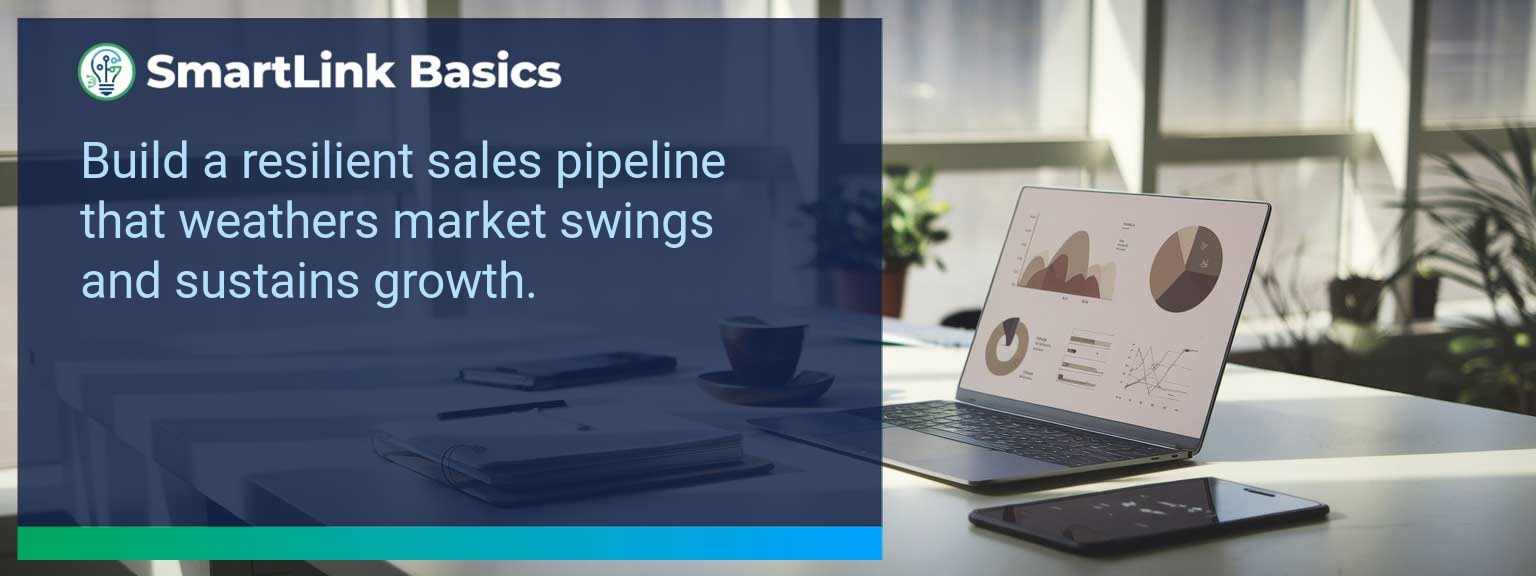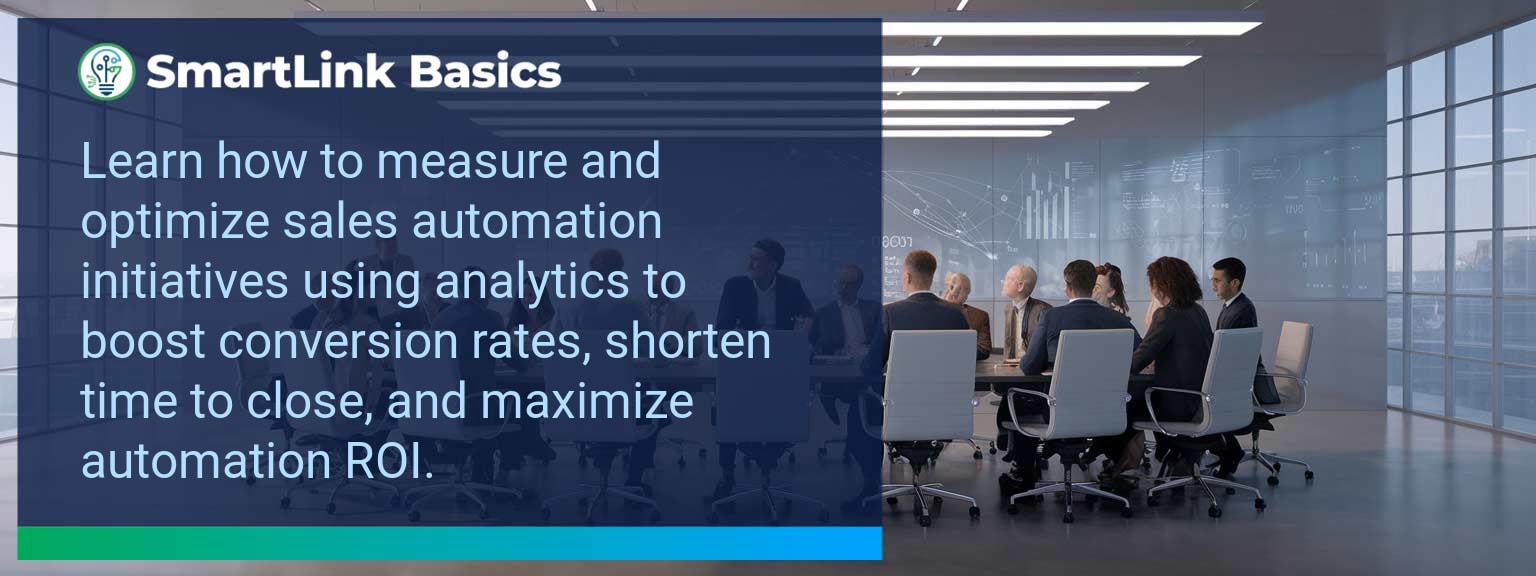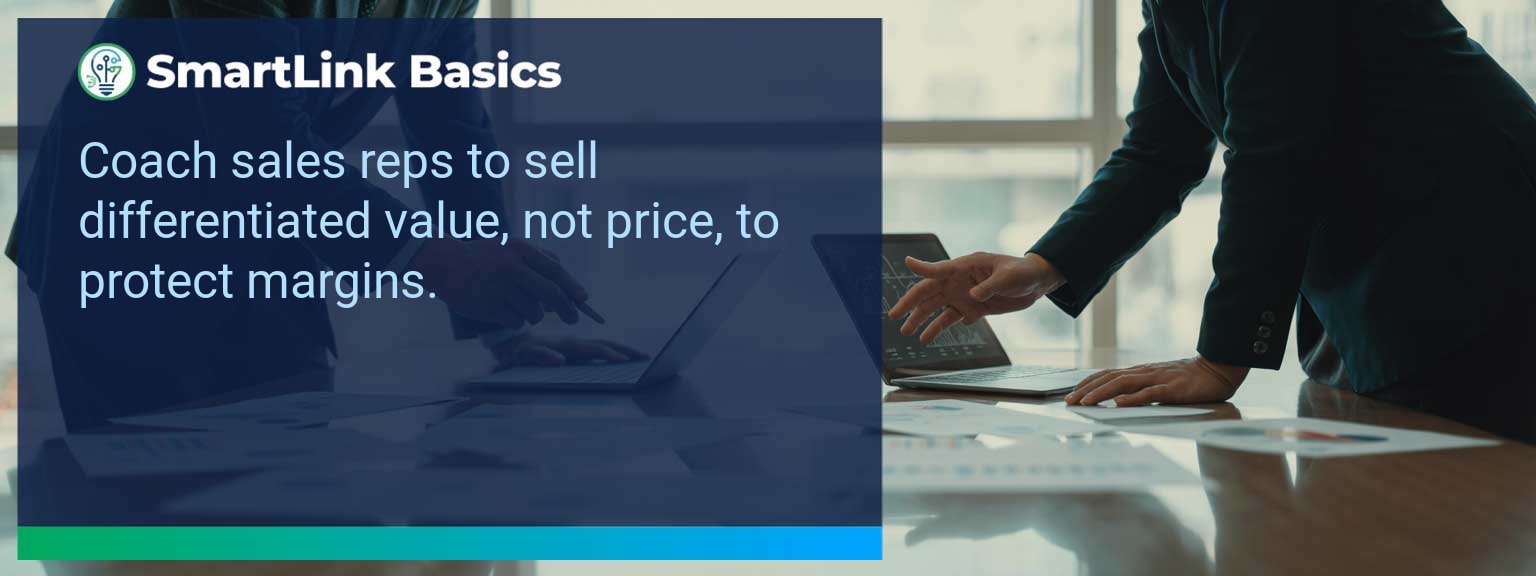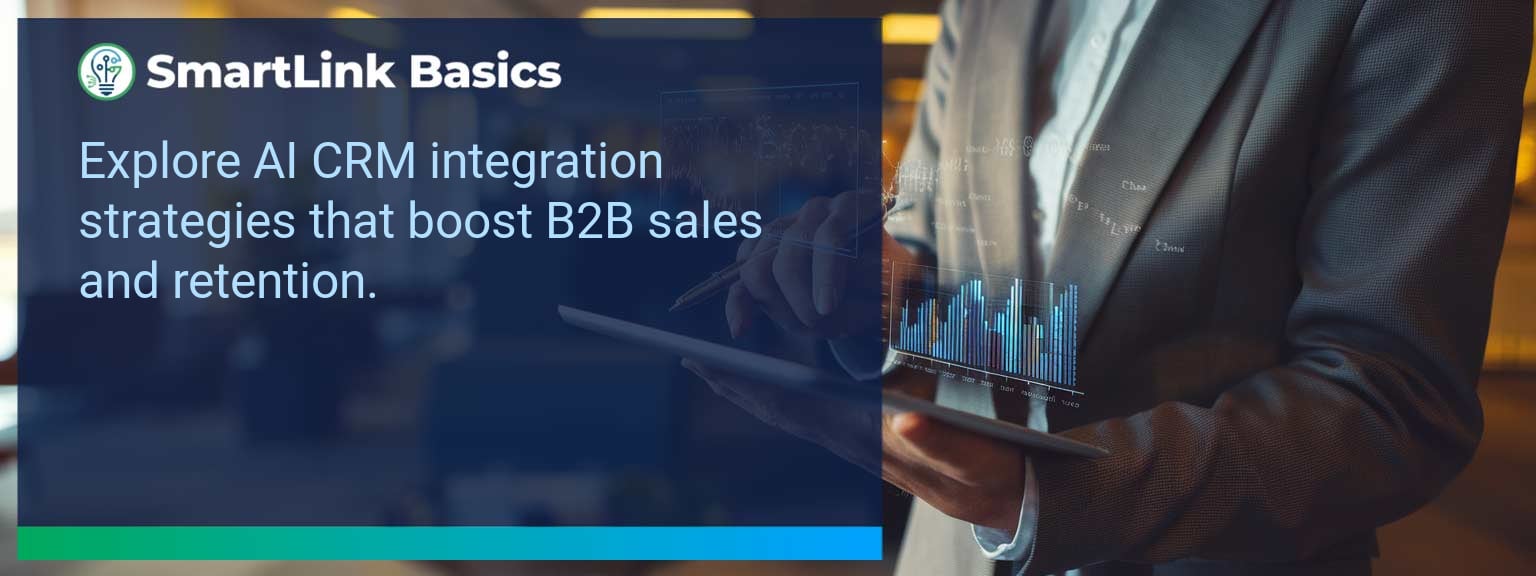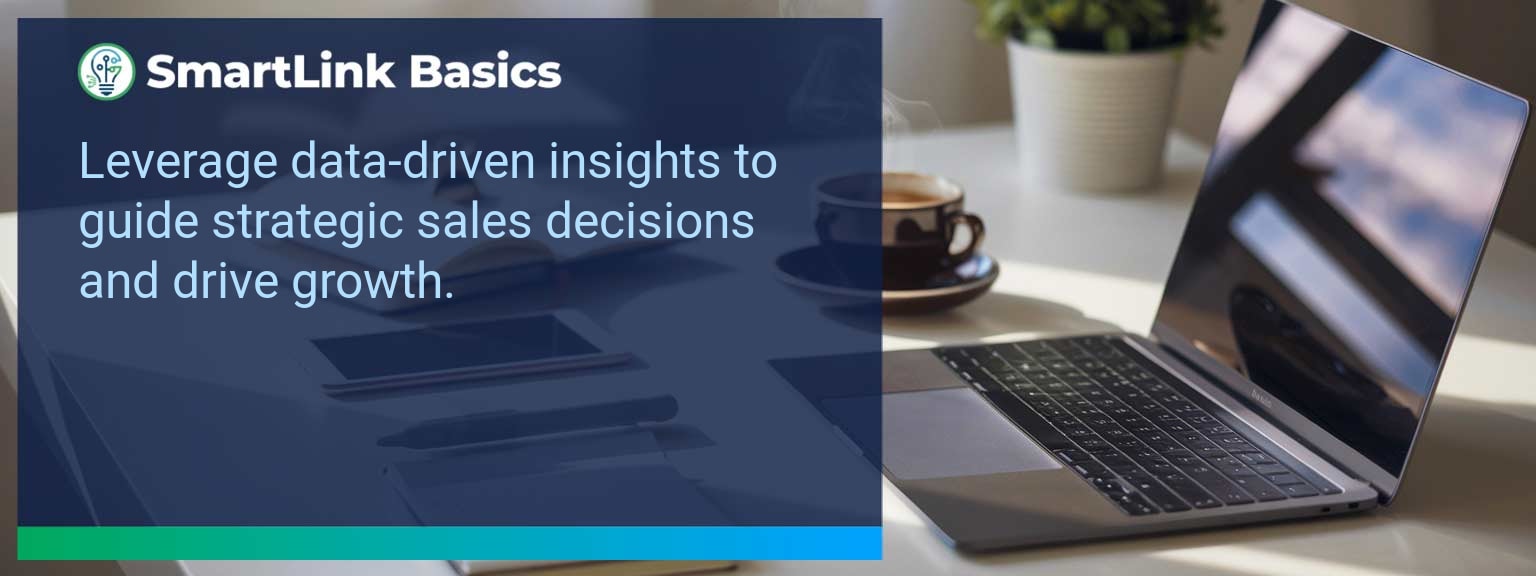Industry data shows that organizations adopting AI-driven automation achieve cost reductions of up to 30% while accelerating sales cycles by 20% or more (McKinsey, 2024). For sales leaders, AI automated workflows now define competitive advantage, enabling teams to reallocate time from repetitive tasks to high-value engagements. At SmartLink Basics, we help decision-makers implement these systems strategically, ensuring they integrate with existing revenue operations. In this article, you’ll see how AI automated workflows power business outcomes, the common obstacles that slow adoption, and practical steps to optimize processes. You’ll walk away with proven examples, a 90-day action blueprint, and measurable KPIs to track results.
- Automate repetitive administrative and CRM updates with AI.
- Integrate machine learning to personalize outreach at scale.
- Streamline approvals, quotes, and contract workflows for speed.
- Use predictive analytics to prioritize sales opportunities.
- Track adoption and performance with targeted metrics.
AI Automated Workflows: What Changed and Why It Matters
AI adoption has shifted from experimental to operational, making automated workflows a standard in high-performing sales organizations. The real advantage lies in combining workflow automation with artificial intelligence workflows to optimize every step of the revenue process. Sales leaders now use AI to synchronize touchpoints, reduce manual inputs, and ensure faster execution. For example, a B2B SaaS leader introduced automated lead enrichment and routing, cutting qualification time by 60%. Actionable insight: Audit processes for time-intensive handoffs and apply AI where repeatability is high.Redesign the Revenue Operating System With AI Automated Workflows
ICP, Segmentation, and Targeting AI-enabled segmentation uses historical wins, firmographic, and behavioral data to dynamically update ICP profiles. This ensures targeting precision without quarterly re-work. Pipeline Architecture Automated workflows push opportunities through the right stages based on engagement signals. AI flags at-risk deals for intervention. Plays and Messaging Integrated automation tools deliver personalized sequences based on buyer activity, increasing relevance at every touchpoint. Operating Cadence AI schedules follow-ups, forecast calls, and account reviews based on actual pipeline movement rather than static calendars. Actionable insight: Implement automation that adapts in real-time to both internal and buyer-driven events.Common Obstacles To Achieving Seamless Automation
The most frequent challenges are fragmented systems, inconsistent data quality, and cultural resistance. Without a unified data layer, automation amplifies errors rather than solving them. Coca-Cola Europacific Partners reported needing a full data governance upgrade before AI could improve sales workflows. Leaders must first assess infrastructure readiness and train teams to trust AI-influenced recommendations. Actionable insight: Before deployment, establish clean data practices and a single source of truth.Implementing AI To Optimize Workflows
Effective deployment of AI process optimization starts with mapping current-state processes, identifying friction points, and matching them with automation tools. For example, automating proposal generation based on CRM opportunity data can reduce turnaround from three days to one hour. Solutions combining business process automation platforms with machine learning integration enable continuous performance improvement. Actionable insight: Pilot in one high-impact stage, measure, and then expand.Tangible Benefits From Automated Processes
The benefits extend beyond time savings — sales leaders gain a scalable system. Tangible outcomes include faster quote-to-close, higher lead conversion, and better forecast accuracy. A manufacturing firm implemented AI-assisted order processing and cut errors by 40%, improving on-time delivery rates. Actionable insight: Track both speed and accuracy to measure workflow automation effectiveness.Metrics That Matter
| Category | Metric | Definition | Target |
|---|---|---|---|
| Leading | Workflow Completion Rate | % of automated sequences executed without manual intervention | 95%+ |
| Leading | AI Suggestion Adoption Rate | % of AI-generated action recommendations executed by reps | 80%+ |
| Lagging | Cycle Time Reduction | Decrease in time from lead entry to closed-won | 20%+ |
| Lagging | Revenue Per Rep | Average sales revenue generated per sales rep per quarter | +15% YoY |
| Quality | Automation Error Rate | % of workflows that trigger incorrect outcomes | <1% |
| Quality | Customer Satisfaction Post-Automation | Average CSAT score after automation implementation | ≥ 4.5/5 |
Innovations And Next Steps For AI Automation
Emerging capabilities like AI-generated playbooks, intent-driven dynamic routing, and integrated AR for virtual product demos are shaping the next wave of sales automation. Companies integrating these tools early will outpace competitors in speed and personalization. Actionable insight: Stay ahead by testing emerging automation features quarterly and aligning them with evolving buyer expectations.Get the 90-day plan, coaching rubric, and dashboard template to operationalize AI in your enablement program.
Turning AI Automation Into a Revenue Multiplier
AI automated workflows are now a strategic lever for predictable, scalable growth. This guide outlined current applications, adoption challenges, a 90-day execution plan, and measurable success criteria. To make automation pay off, sales leaders should integrate tools into one cohesive operating system and review results monthly for continuous improvement. Access more AI-driven sales enablement resources from SmartLink Basics to design a high-performance automation strategy. Sales leaders face a persistent challenge: too many leads, limited resources, and the risk of focusing on prospects unlikely to convert. Research from CSO Insights shows that high-performing sales teams consistently identify and prioritize fewer, higher-quality leads. At SmartLink Basics, we help decision-makers refine sales leadership strategies that sharpen focus, improve pipeline efficiency, and increase bottom-line results. In this guide, you will gain a framework for assessing, segmenting, and executing targeted actions that ensure your team focuses on the highest value opportunities—closing more deals while reducing waste in your sales process.- Define an Ideal Customer Profile (ICP) and refine targeting criteria
- Segment leads by revenue potential, fit, and buying readiness
- Adjust pipeline stages to reflect lead quality tiers
- Deploy tailored sales plays and messaging per lead segment
- Monitor key metrics to ensure consistent revenue growth
Key Obstacles In Lead Prioritization And Conversion
Even experienced sales professionals encounter gaps in lead routing, qualification, and follow-up discipline. Common pitfalls include broad targeting that attracts low-value prospects, lack of agreed scoring criteria between leadership and frontline teams, and overextension of resources toward leads unlikely to purchase soon. Poor sales team management in this stage often leads to extended cycles, declining morale, and misaligned efforts. Effective prioritization requires a disciplined system. For example, a manufacturing technology firm increased conversion rates by 18% in one quarter after implementing a scoring model that weighted leads on deal size, urgency, and decision-making authority. Focusing purely on “activity volume” without qualifying impact drains capacity and undermines revenue growth.Implementing Targeted Sales Leadership Strategies
Elite sales leaders implement structured frameworks to ensure the right prospects receive priority attention. Four operational pillars drive this shift. ICP, Segmentation, and Targeting: Define your Ideal Customer Profile using historical sales performance data. Segment leads by industry, deal size, buying cycle length, and urgency. This aligns lead prioritization across marketing and sales functions. Pipeline Architecture: Structure your CRM stages to reflect quality-based progression. Rather than treating all opportunities equally, build early-stage gates requiring evidence of budget, authority, need, and timeline. Plays and Messaging: Tailor outreach sequences based on lead tier. High-value leads merit deeper discovery calls and executive involvement. Mid-tier leads can follow more automated nurturing until readiness improves. Operating Cadence: Review high-priority accounts in leadership team meetings weekly. Adjust assignments dynamically to capitalize on movement within your top segment.Achieving Significant Gains In Conversion Rates
Focusing on lead value rather than volume has measurable impact. A SaaS provider reorganized team assignments around prioritized accounts, resulting in a 25% rise in close rates within 90 days. This was achieved by limiting follow-up to deals worth over $50k and reallocating lower-value leads to automated sequences. When leaders combine disciplined sales process optimization with tailored coaching, they foster revenue growth without increasing headcount. This enables consistent customer acquisition success and strengthens the competitive position in target markets.| Category | Metric | Definition | Target |
|---|---|---|---|
| Leading | Qualified Lead Ratio | % of leads meeting ICP criteria | 70%+ |
| Lagging | Close Rate | % of prioritized leads that close | 25%+ |
| Quality | Cycle Time | Avg. days from qualification to close | < 45 days |
Get the 90-day plan, coaching rubric, and dashboard template to operationalize AI in your enablement program.





